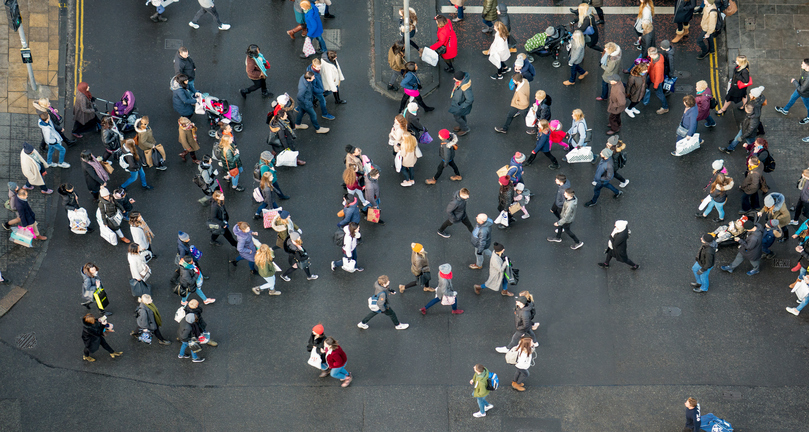Retail spending has tipped market expectations and registered an increase of 0.3 per cent in August.
Department stores and clothing, footwear and personal accessories led the increase, with department stores registering the strongest growth at 0.9 per cent, the ABS said on Friday.
Russell Zimmerman, Executive Director of the ARA said that the growth was led by a positive rise for department stores.
“Department stores saw solid growth in August with this retail category reaching 2% year-on-year growth – the biggest increase they’ve seen since May this year.”
But there were also rises across six industries, according to the ABS, with cafes, restaurants and takeaway food experiencing a 0.7 per cent rise and clothing, footwear and personal accessories seeing a 0.8 per cent rise.
The slight peak still comes after flat figures in July at 0.0 per cent and a rise of 0.4 per cent in June.
The Australian Retail Association applauded the rise, saying the figures represent a “quiet boost” in consumer confidence.
Mr Zimmerman said August’s trade figures were driven by the launch of new season products, the psychological effect of tax cuts and the confidence seen in the change in Prime Minister.
“This quiet consumer confidence can be seen across various retail categories with consumers rewarding themselves with little luxuries across the market,” he said.
“This quiet growth is somewhat comforting for all retailers across Australia, especially leading up to Christmas,” Mr Zimmerman said.
But the National Retail Association said the figures still mark the “weakest back-to-back” results for 2018.
Acting National Retail Association (NRA) CEO Lindsay Carroll said the report shows the importance of retailer’s working extra hard around the Christmas period.
“The August ABS retail figures are far from disastrous, but they do show that the sector is continuing to experience a modest sales period,” Ms Carroll said.
“The August report is certainly an improvement on July, with five of the six retail industries recording a rise in turnover, and all state and territories bar the Northern Territory seeing an increase in sales.”

